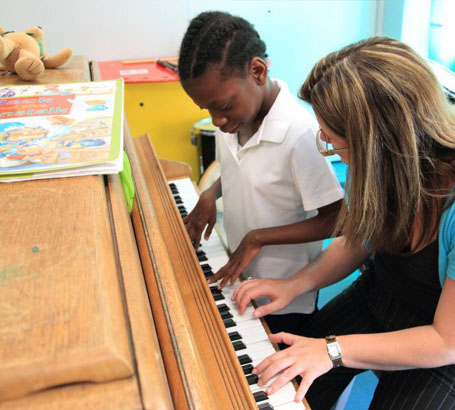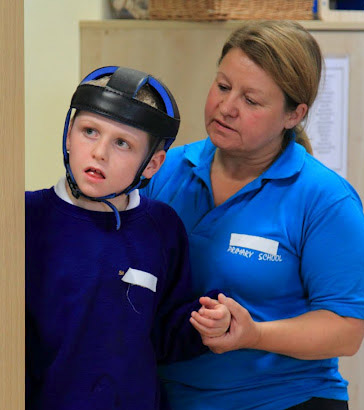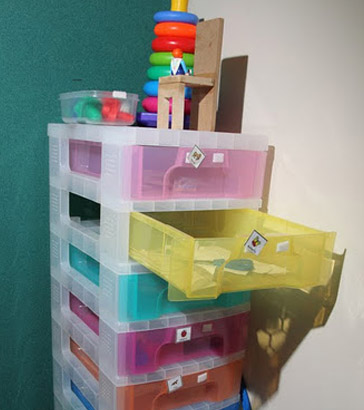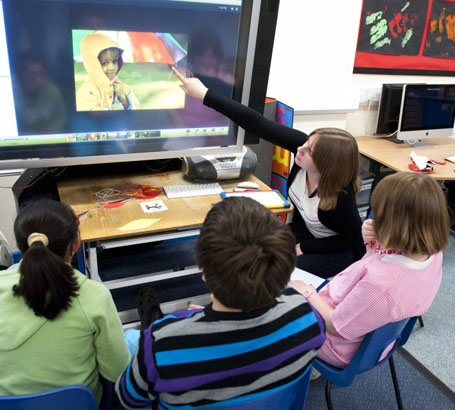
Children learn best in a secure and comforting emotional environment that features:
- Regular physical contact; and
- Communication (particularly speaking) with adults who are familiar to them.
Communicative behaviours will need to be modelled that:
- Are within their developmental grasp; and
- Build on prior learning.

Children communicate differently in formal and informal situations, so it is important to gain a holistic overview of the child's potential as a communicator:
- When they are most relaxed and at ease;
- In a range of different settings;
- With both adults and other children; and
- With the family members.
Parents can give school staff useful insights into their child's communication.

The best environments nurture and stimulate better communication. To create an environment that encourages communication for children with learning difficulties consider:
- Access and space
- Acoustics
- Lighting
- Support (eg signs)
- Ethos

Carry out an audit of the school environment from the point of view of children with SLD/PMLD/CLDD. Focus particularly on aspects that help or hinder communication.
What does your school do well?
What could be improved?
Make an action plan and discuss with colleagues how it might be implemented.
Evaluate the changes you make in terms of improvements in opportunities for communication.

Communication should be promoted at all times, so all adults that work with children need to know the communication targets and strategies for each child.
Opportunities that arise naturally are particularly important as they enable children to:
- Understand the relevance of communication; and
- Receive support to develop the skills needed for everyday communication.

How does your school ensure that all staff know the children's communication targets and strategies?
Do staff take opportunities to communicate with children in everyday contexts, eg
- During care routines;
- At mealtimes;
- In the playground; and
- As they move around the school.

On the next page there are four video clips. They show clip extracts from Sophia's annual review.
Sophia has a split placement – two days in a mainstream school and three days in a special school. She is learning how to use an electric wheelchair.
Watch the clips and consider how Sophia's communication potential can be maximised across settings and at home.
Communication: an issue for partnership (2)
-
 Clip 10:52Sophia's special school teacher talks about her communication skills in a presentation on her progress.
Clip 10:52Sophia's special school teacher talks about her communication skills in a presentation on her progress. -
 Clip 23:38The mainstream staff express concern over Sophia's ability to communicate with her peers because of her mobility difficulties.
Clip 23:38The mainstream staff express concern over Sophia's ability to communicate with her peers because of her mobility difficulties. -
 Clip 31:45A key issue for the partnership is identified concerning resourcing for Sophia's communication across settings.
Clip 31:45A key issue for the partnership is identified concerning resourcing for Sophia's communication across settings. -
 Clip 42:58The targets agreed aim to promote Sophia's communication across settings.
Clip 42:58The targets agreed aim to promote Sophia's communication across settings.

You may have considered the following:
- Sophia has made great progress with her communication – she loves role play; she uses a Tech/Talk to make choices; she is beginning to use her voice more and her language is becoming clearer; it is important to insist that she communicates rather than just pointing.
- It would be beneficial for Sophia to use her Tech/Talk in the mainstream setting and at home
- Everyone should encourage Sophia to initiate communication, using signs, AAC or her voice, as appropriate.
- Sophia's electric wheelchair might help her to move about more with her friends, particularly at her mainstream school.
- Improving Sophia's phonic skills may eventually help her to use a communication aid with a keyboard.

What does your school do to ensure that children can communicate effectively across settings and at home?
Are there areas where you could improve?
Make an action plan and discuss with colleagues how it might be implemented.
Evaluate the changes you make in terms of improvements in opportunities for communication.